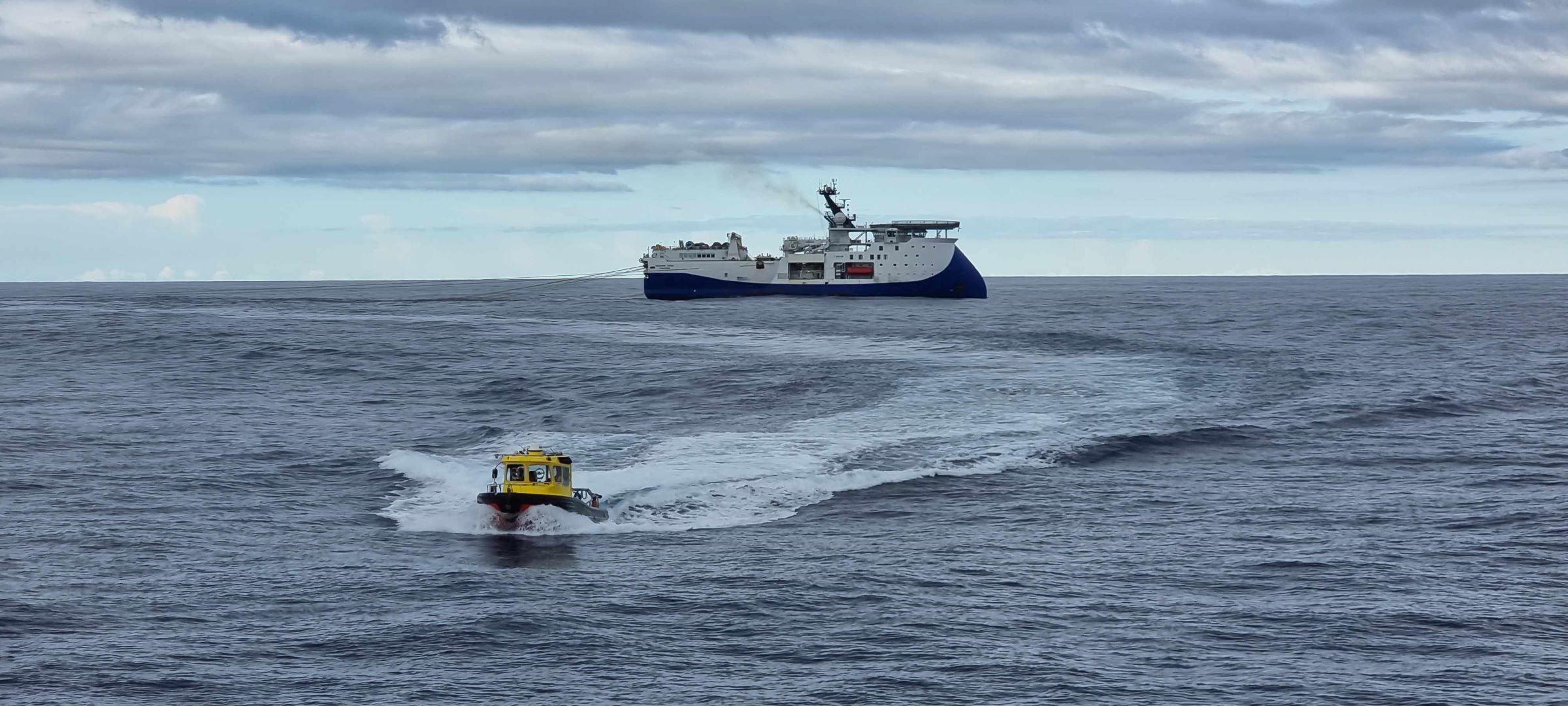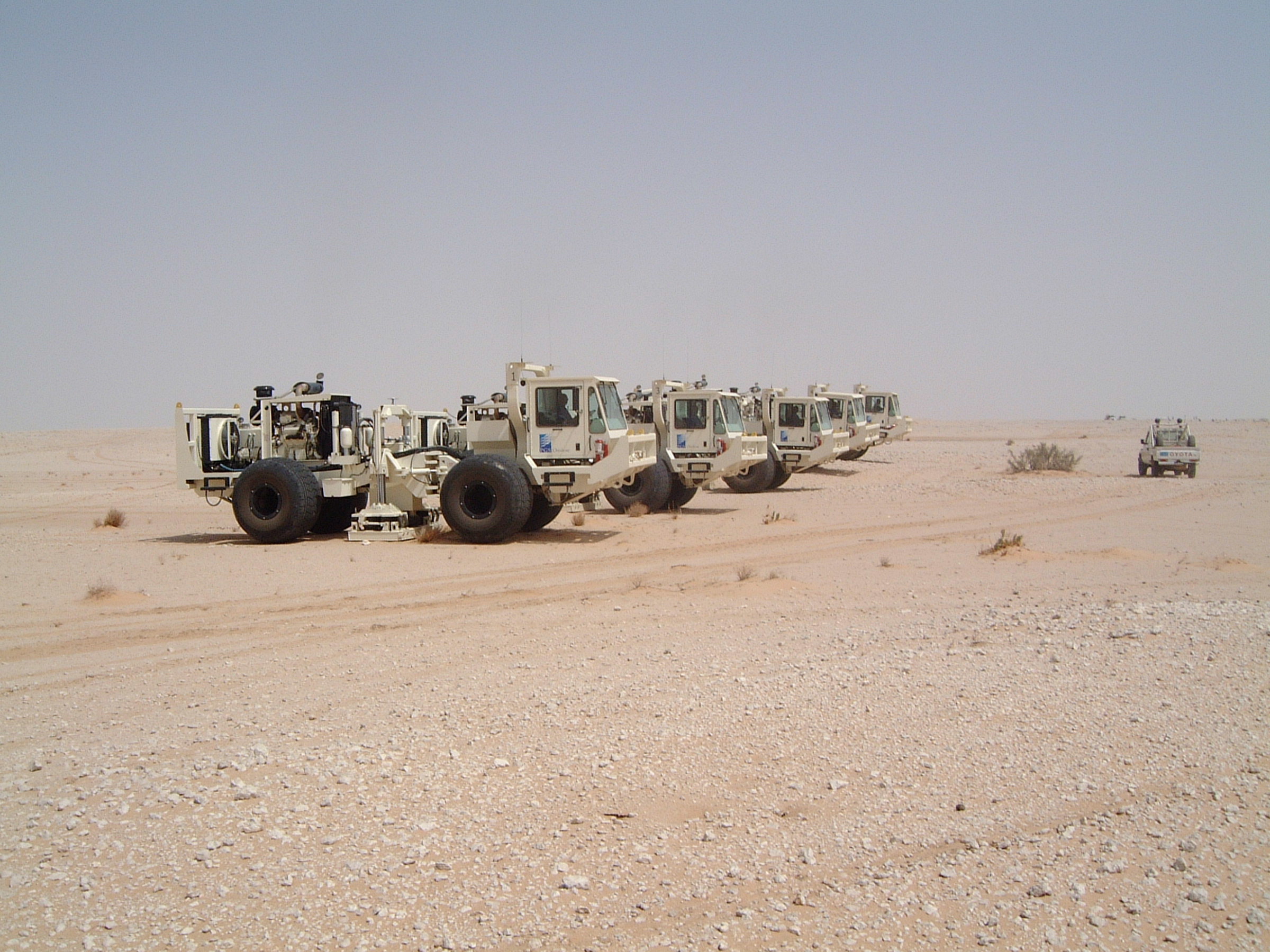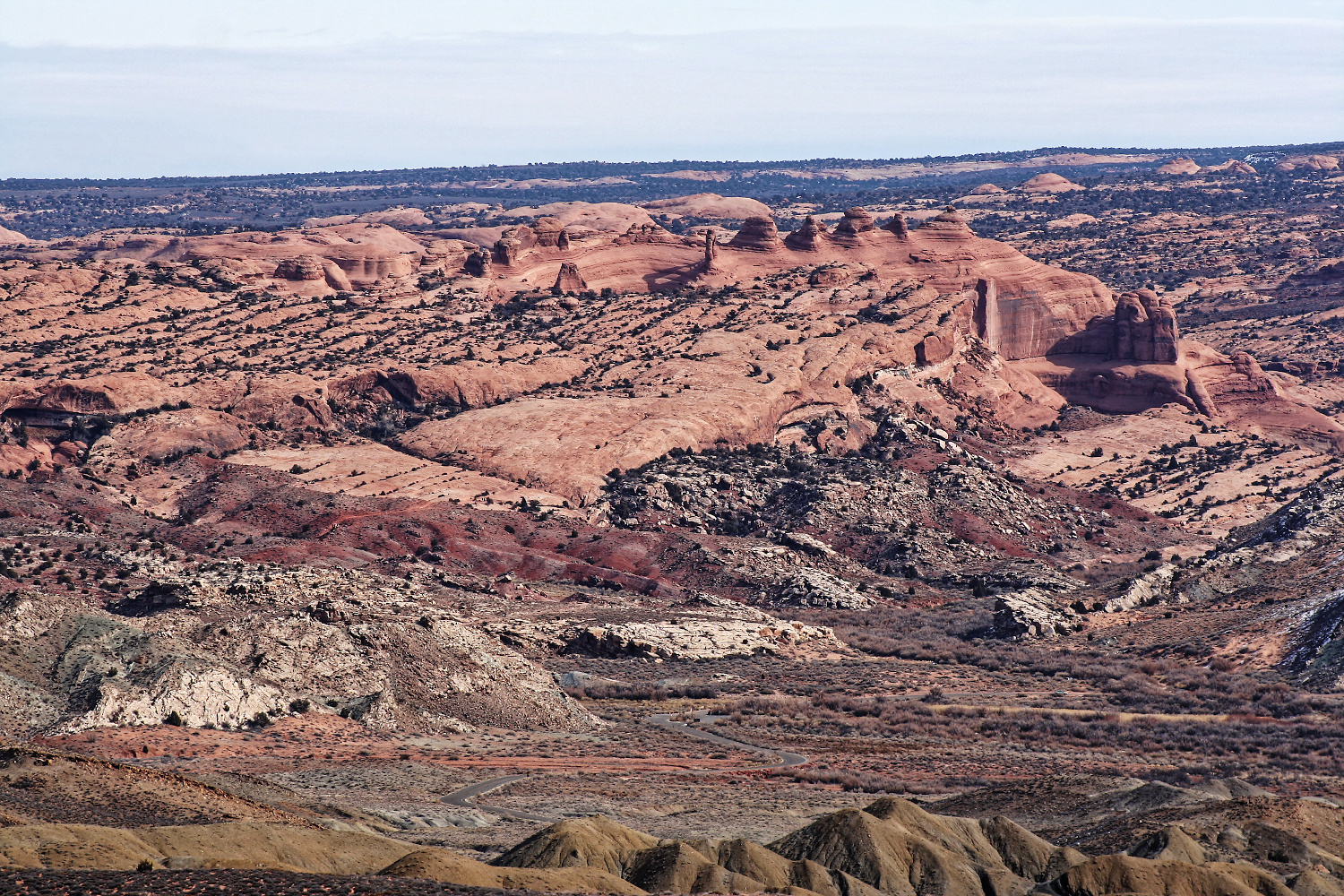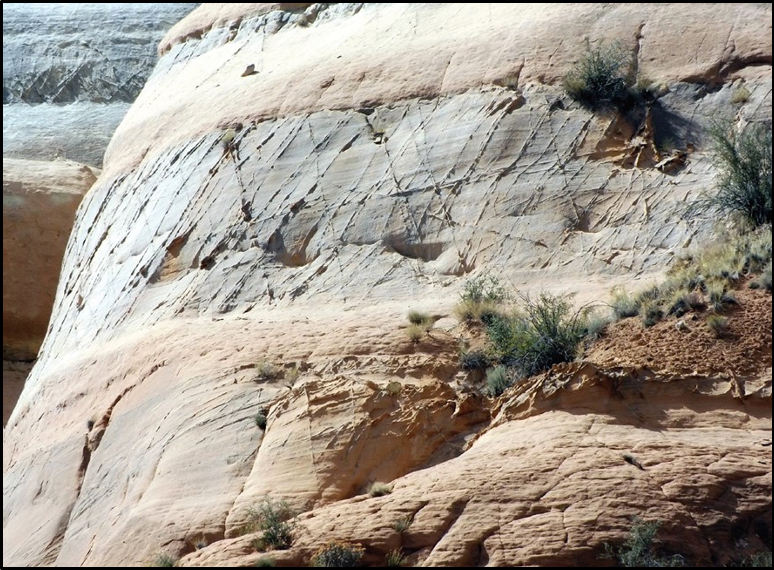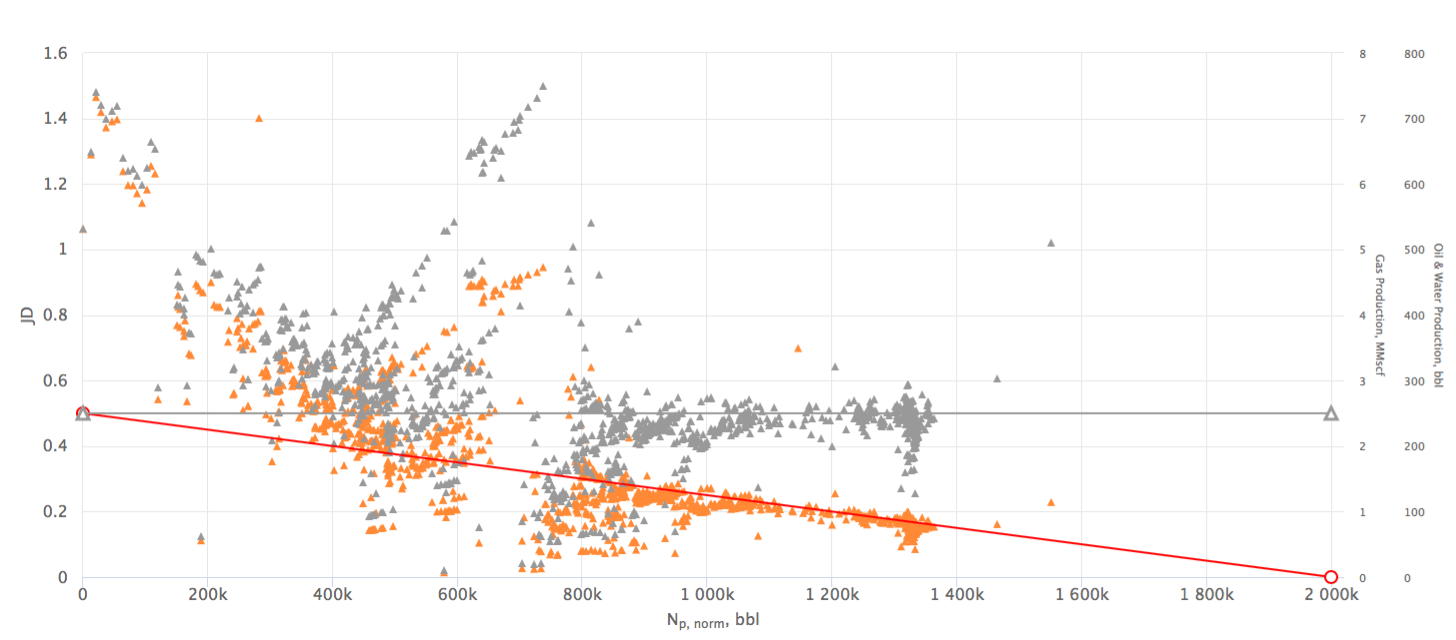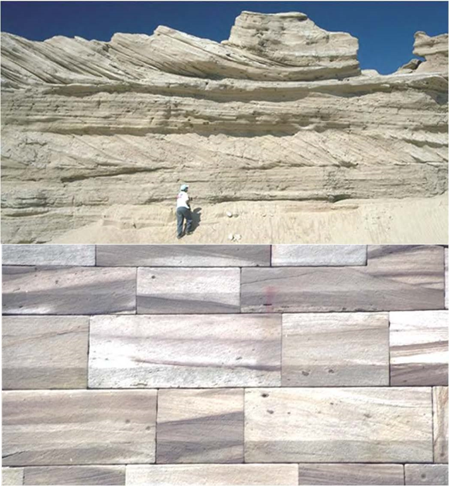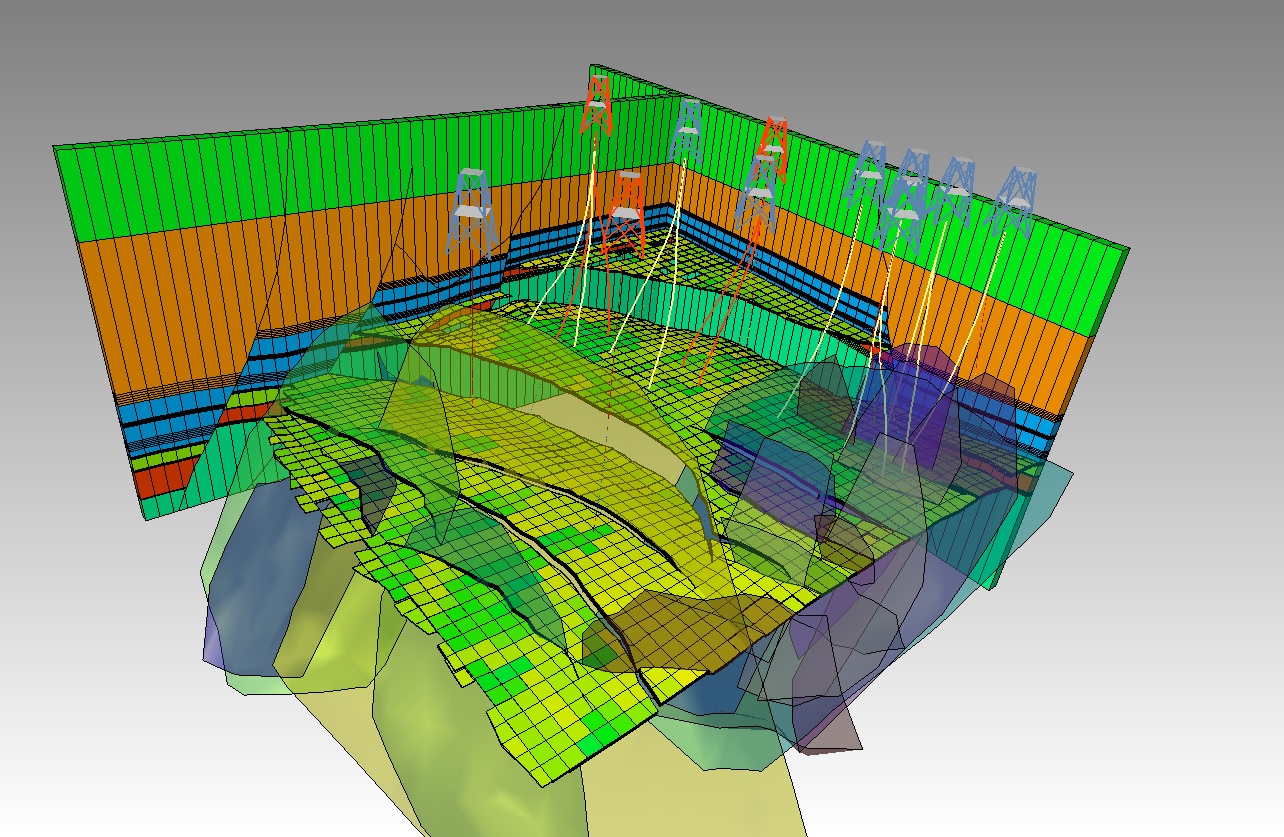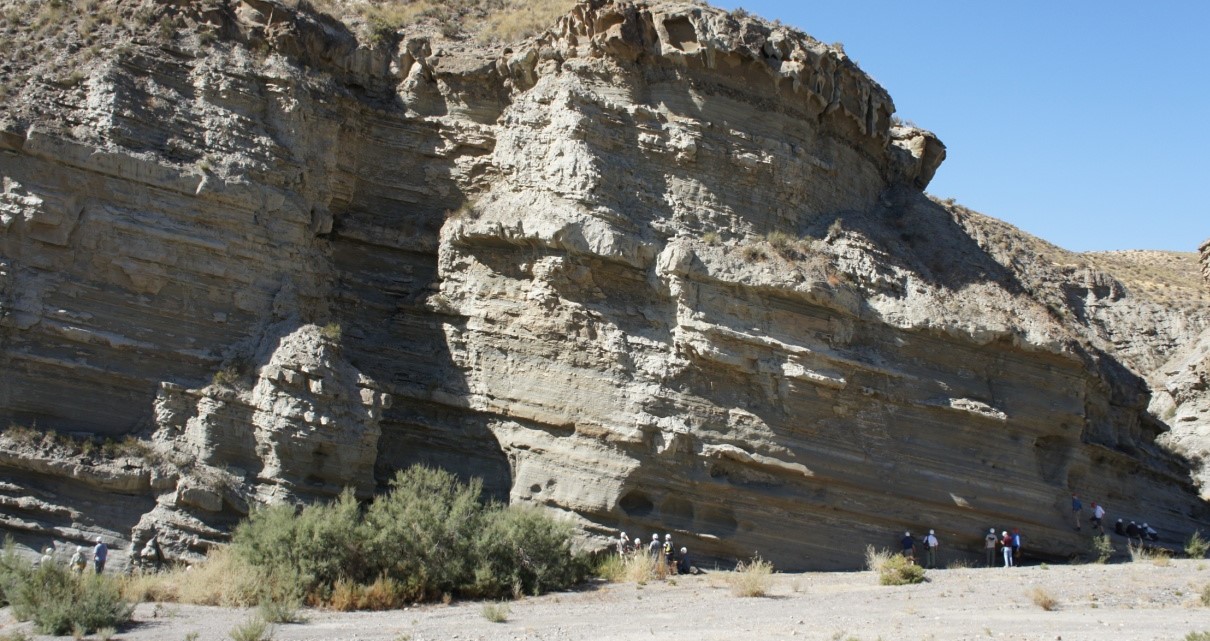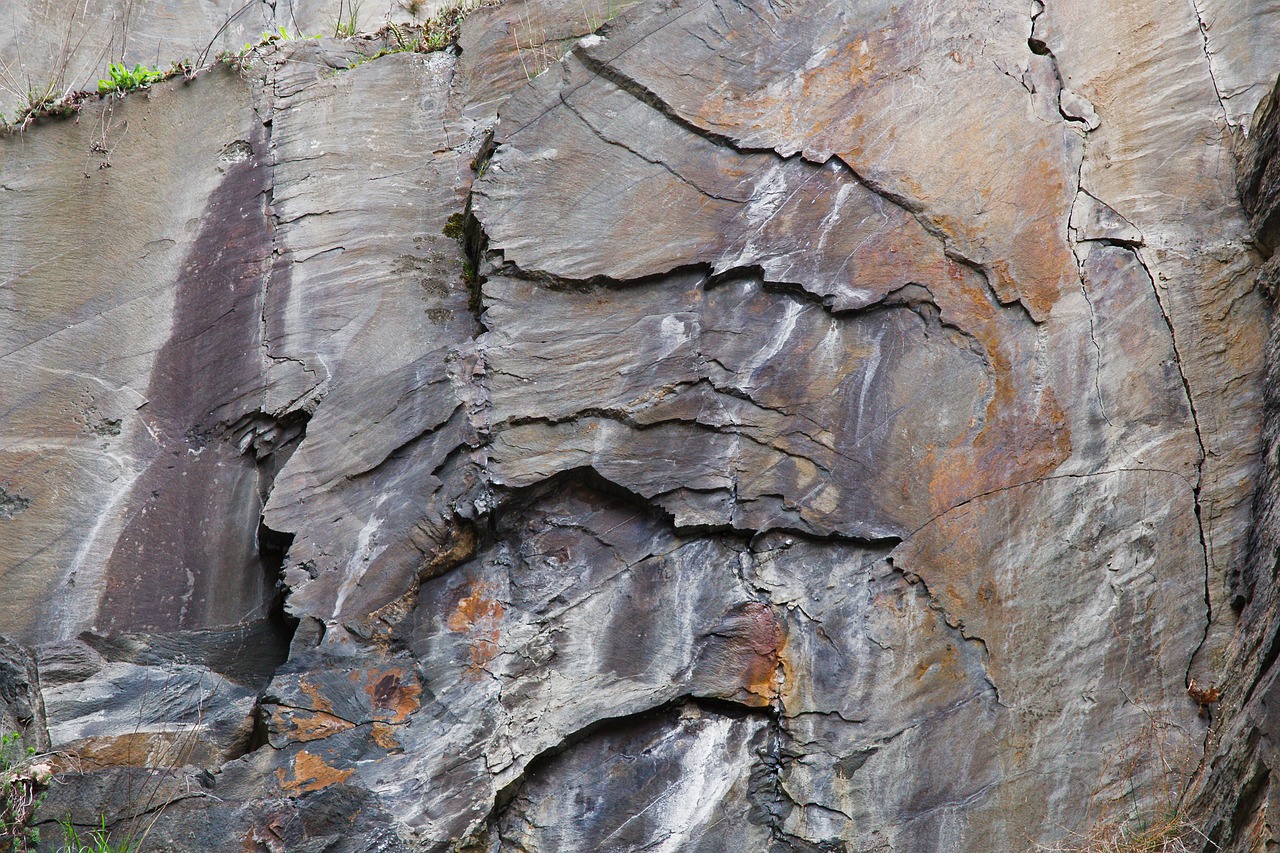Tutor(s)
Malcolm Lansley: Consultant Geophysicist.
Overview
Participants will learn the steps necessary to plan successful offshore seismic acquisition projects and will also learn how to work with contractors to ensure that projects are executed safely and according to plan.
Duration and Logistics
Classroom version: A 1-day classroom course comprising a mix of lectures (90%) and exercises (10%). An optional workshop where a client’s project data may be reviewed can be added. The manual will be provided in digital format and participants will be required to bring a laptop or tablet computer to follow the lectures and exercises. Multiple choice quizzes will be utilized to reinforce learnings.
Virtual version: Two 4-hour interactive online sessions presented over 2 days. A digital manual and exercise materials will be distributed to participants before the course. Some reading and several exercises are to be completed by participants off-line. Multiple choice quizzes will be utilized to reinforce learnings.
Level and Audience
Fundamental. Intended for early career geoscientists and technical support staff who routinely work with seismic data and who would like to manage seismic acquisition projects and interact effectively with data acquisition professionals.
Objectives
You will learn to:
- Revisit the fundamental principles of seismic wave propagation.
- Review seismic vessel and equipment options for data acquisition and logistics in different marine environments.
- Understand key project parameters required to design a successful project.
- Review the bid tender process and be able to recommend contract specifications.
- Outline a management plan for Health, Safety and Environmental compliance.
- Appreciate the importance of employing qualified field QC personnel to ensure the successful completion of data acquisition projects.

